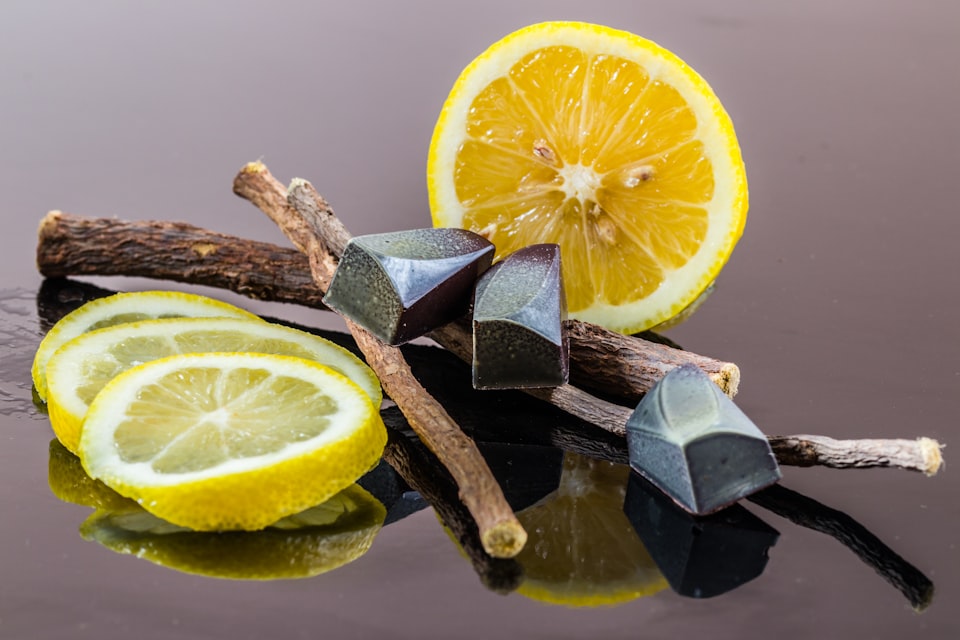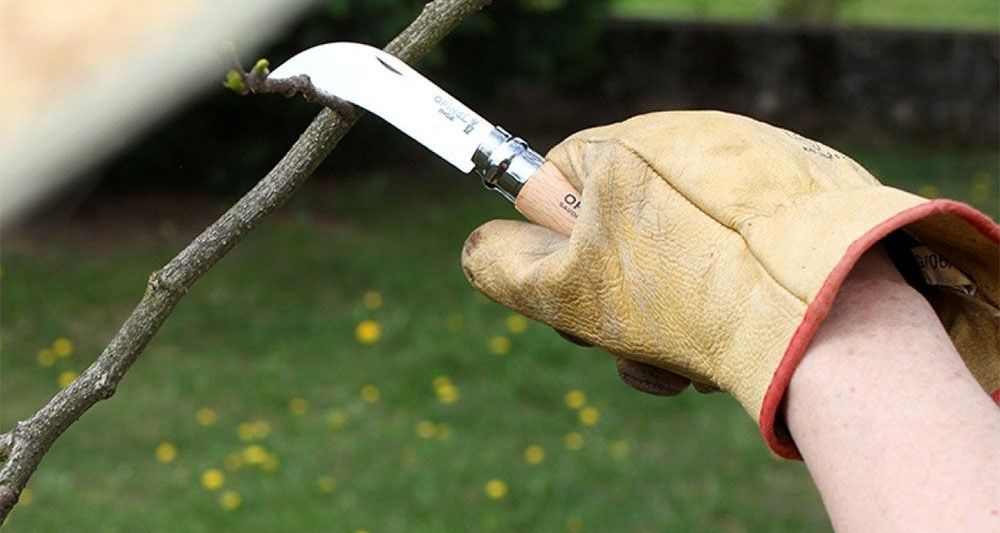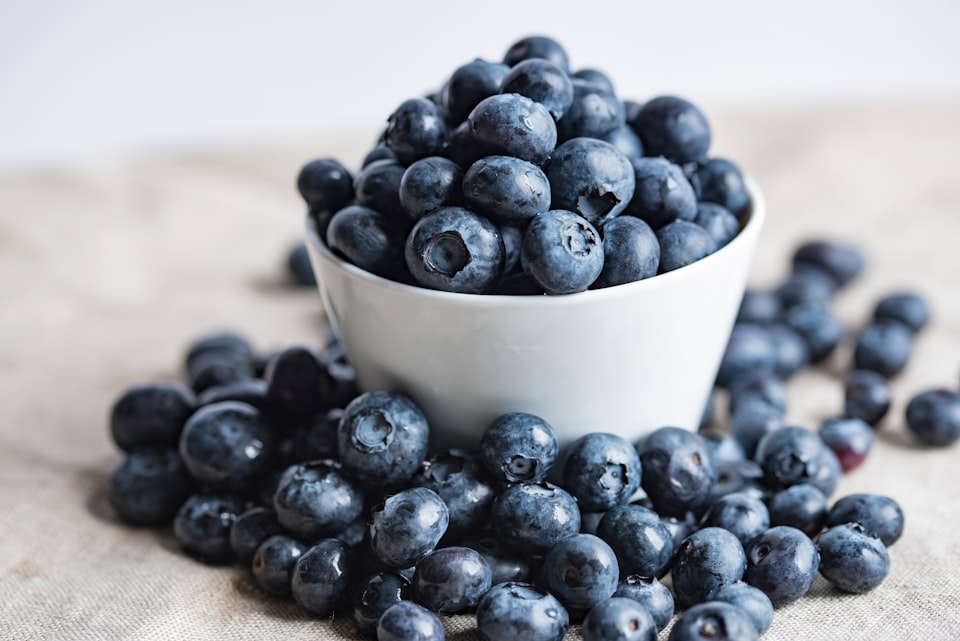IX: Radish
Move over mushrooms, Mario eats radishes.

Good morning. Today is nonidi, the 19th of Germinal, Year CCXXXI. We celebrate les radis, little red peppery root vegetables.
When Super Mario Bros. 2 was released, everyone of my generation was ecstatic. Finally a follow-up to the best game of all time! We settled in to play, expecting more side-scrolling levels and bizarre enemies, and we got it, just ... in a very weird way.
It was cool that there were four characters instead of two – Mario, Luigi, Princess Peach, and Toad – and that each had unique abilities (except Mario, who was just generically good at stuff), but what was with the Arabian landscaping? Why couldn't you jump on enemies? Why did throwing a radish at someone kill them? Mario was a mushroom guy! You know, for pizzas! Radishes? Really?
The answer was that Nintendo's Super Mario Bros. 2, as it was released in Japan, was deemed "too difficult" for North American kids, so instead they slapped new Mario designs on an easier, completely unrelated game, and shipped that instead.



